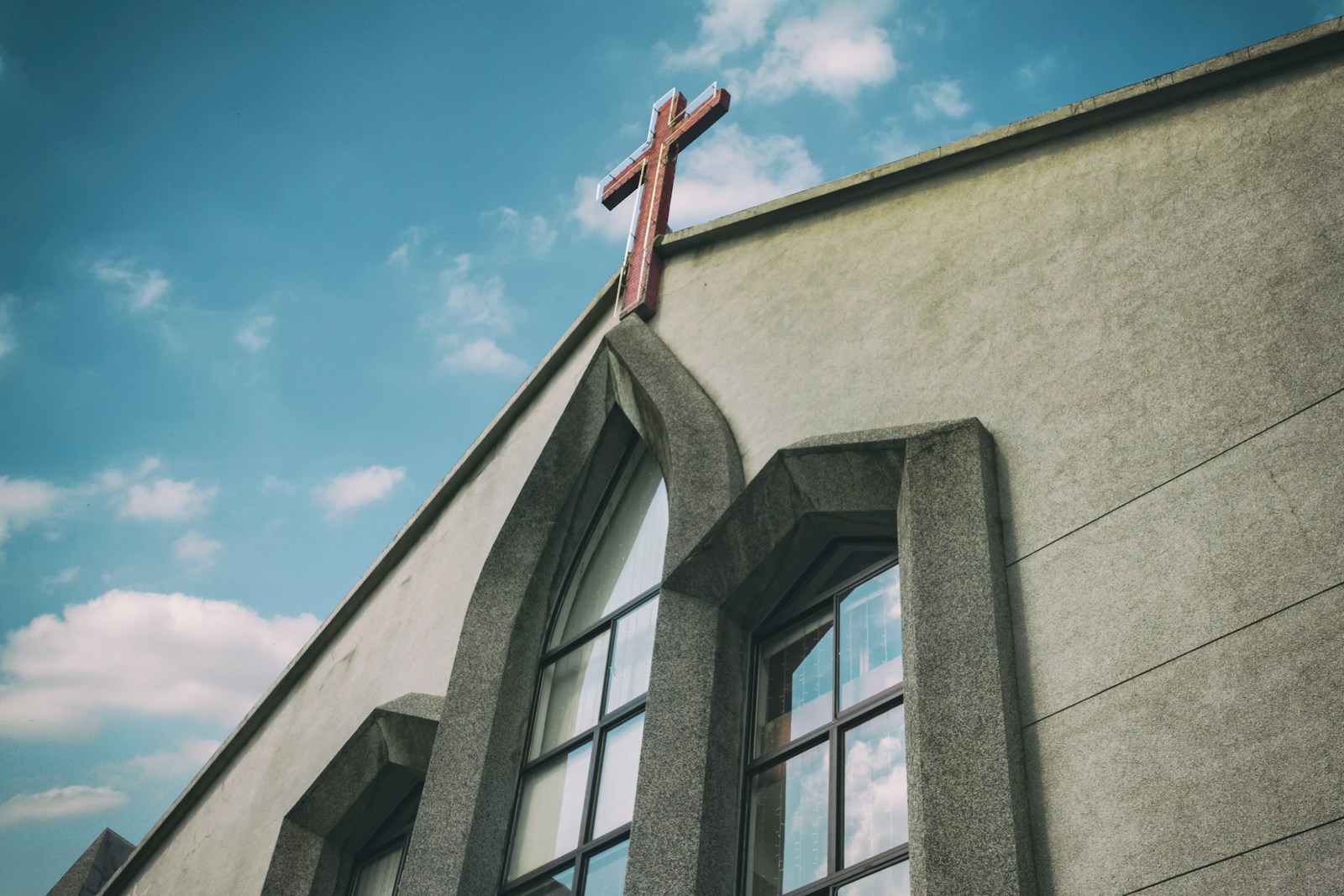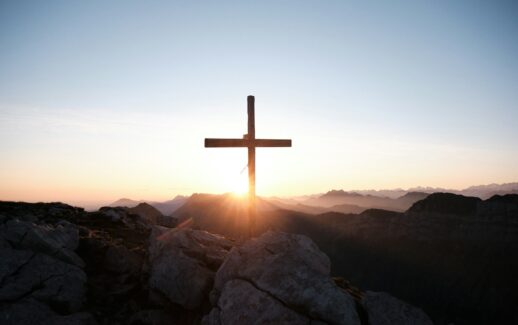Genesis: The Foundation of Biblical Doctrines/Part 5b: The Doctrine of Regeneration
Genesis, the Foundation of Biblical Doctrines
In our previous discussion on the Doctrine of Regeneration, we examined how the Flood was God’s initial act of cosmic renewal, cleansing a corrupted world. We also noted Jesus’s use of “regeneration” to refer to a future, even more encompassing, renewal. Now, we will delve deeper into the nature of this regeneration, particularly by drawing parallels and contrasts between the post-Flood era and the coming Millennial Kingdom.
Our foundational text remains central:
Genesis 10:32 (NASB 2020): “These are the families of the sons of Noah, according to their descendants, by their nations; and out of these the nations were separated on the earth after the flood.”
Main Idea:
The regeneration of earthly life after the Flood profoundly foreshadows the coming regeneration in the Millennial Kingdom of Jesus Christ. By examining the elements of the post-Flood world, we can discover interesting parallels and contrasts that illuminate God’s larger redemptive plan.
Elements of Post-Flood Regeneration
After the devastation of the Flood, God established a new order for humanity through the Noahic Covenant.
The Noahic Covenant:
A covenant (Heb. berith; Grk. diatheke) is a sacred contractual arrangement, typically between God and a person or between two human parties, based on promises and often involving obligations. In this case, God initiates a covenant with Noah and, through him, with all humanity and creation.
God blessed Noah and his sons, commanding them:
Genesis 9:1 (NASB 2020): “Be fruitful and multiply, and fill the earth.”
The covenant details included:
- Man’s renewed dominion over creation: Fear and dread of humanity would rest upon all animals (Genesis 9:2).
- Permitted consumption of animal meat for food: (Genesis 9:3)
- Prohibition against eating meat with blood: (Genesis 9:4)
- Mandate against shedding human blood: God established capital punishment, emphasizing the sanctity of human life made in His image (Genesis 9:5-7).
- Covenant coverage: This covenant extended to Noah, his descendants, and “every living creature that is with you” (Genesis 9:8-10).
- The sign of the covenant: A rainbow in the sky, serving as a perpetual reminder that “all flesh shall never again be eliminated by the waters of a flood, nor shall there again be a flood to destroy the earth” (Genesis 9:11-17).
Noah’s Children and the Repopulation of Earth:
The earth was repopulated through Noah’s three sons: Shem, Ham, and Japheth (Genesis 10:1). Their descendants became the progenitors of the nations.
- The Sons of Japheth (Genesis 10:2-5): Generally settled to the north and west of Israel, including peoples like the Armenians, Lydians, Medes, and Greeks. (Refer to “CHART: DESCENDANTS OF JAPHETH” for detailed lineage)
- The Sons of Ham (Genesis 10:6-20): Migrated to the south and southwest, including Cush (Ethiopia), Mizraim (Egypt), Put (Libya), and Canaan (the progenitor of the nations later destroyed by Joshua). Notably, Nimrod, a “mighty hunter before the Lord,” founded the beginning of his kingdom in Babel, Erech, Accad, and Calneh in the land of Shinar, indicating an early attempt at centralized power. (Refer to “CHART: DESCENDANTS OF HAM” for detailed lineage)
- The Sons of Shem (Genesis 10:21-31): Primarily settled in the central and eastern regions, with descendants like Elam, Asshur, and Aram. Abraham’s lineage famously stems from Shem through Eber and Peleg. The name “Peleg” (meaning “division”) is significant because “in his days the earth was divided” (Genesis 10:25), referencing the Tower of Babel incident. (Refer to “CHART: DESCENDANTS OF SHEM” for detailed lineage)
(See “MAP” showing the general distribution of these early nations.)
The Tower of Babel
This event (Genesis 11:1-9) represents humanity’s first attempt to create a “one-world government” after the Flood. With a single language, they sought to build a city and a tower “whose top will reach into heaven” to “make a name for ourselves; otherwise we will be scattered abroad over the face of all the earth.”
- The “city” symbolized a political entity designed to unify peoples under its government.
- The “tower” (likely a ziggurat) served as both a religious structure for their rituals and an astronomical observatory.
God, observing their unified defiance and knowing the corrupting potential of such consolidated power, confounded their plans:
Genesis 11:7–9 (NASB 2020): “Come, let Us go down and there confuse their language, so that they will not understand one another’s speech.” So the Lord scattered them abroad from there over the face of all the earth; and they stopped building the city. Therefore it was named Babel, because there the Lord confused the language of all the earth; and from there the Lord scattered them abroad over the face of all the earth.”
This confusion of language served two divine purposes: it broke their plan for a one-world government and forcibly dispersed humanity across the globe, fulfilling God’s earlier command to “fill the earth.” This incident corresponds to the “division” in the days of Peleg, suggesting that until this point, the families of Shem, Ham, and Japheth likely lived in close proximity, perhaps in the region of modern-day Turkey where the ark landed.
Parallels with Millennial Regeneration
The post-Flood regeneration provides compelling parallels to the coming Millennial Kingdom, which is the “regeneration” Jesus spoke of (Matthew 19:28). (See “ILLUSTRATION – REGENERATION” for a visual comparison).
Similarities:
- Nations will repopulate the earth: Just as a remnant survived the Flood and repopulated the earth, so too after the tribulations preceding the Millennium, there will be “few men left” (Isaiah 24:1-6) who will then be part of the “righteous nations” (Matthew 25:31-34) that enter the Millennial Kingdom.
- There will be a one-world government: In contrast to the post-Flood era where God prevented a one-world government at Babel, the Millennium will be characterized by a unified, righteous global administration.
- While human leaders exist in the current age (Romans 13:1-6), who are God’s servants and will give account, the Millennial Kingdom will see the Son of God Himself as the King of Kings and Lord of Lords (Isaiah 9:6-7; Isaiah 11:1-10).
- The resurrected saints will rule with Christ (Revelation 20:4-6), exercising judgment and priestly service for a thousand years.
Contrasts (Implicit in the Similarities):
- The nature of governance: Post-Flood, human governments (and their inherent flaws, as seen at Babel) were allowed to develop, leading to division and continued sin. In the Millennium, governance will be perfectly righteous under Christ, eradicating the need for language confusion to prevent global rebellion.
- The presence of evil: While the Flood cleansed the earth, sin nature persisted in humanity. The Millennium will see the restraint of Satan (Revelation 20:1-3) and direct righteous rule, drastically reducing evil, though not eliminating it entirely until after the final rebellion.
- The earth’s condition: While the post-Flood earth was restored, it still bore the effects of the curse. The Millennial earth will experience a profound renewal, with peace, harmony between creatures, and agricultural abundance (Isaiah 11:6-9; Isaiah 65:17-25).
Conclusion
For the Jewish people, the most anticipated promise throughout history has been the reign of the Messiah in the regeneration, specifically the Millennial Kingdom described in passages like Isaiah 65:17-25, where “new heavens and a new earth” begin to manifest, Jerusalem rejoices, and creation finds peace.
However, for the Church, the Bride of Christ, our most profound hope and promise is not merely the rewards of the Millennial reign, but the Lord Himself and His appearing (2 Timothy 4:7-8). The Millennial reign serves as a reward for the overcomers, those who have “fought the good fight” and “loved His appearing.” The crown of righteousness is reserved not just for Paul, but for “all who have loved His appearing.”
The pattern of regeneration, evident in Genesis with the Flood and profoundly fulfilled in the future Kingdom, reminds us of God’s sovereign power to cleanse, renew, and ultimately establish His perfect rule, bringing about justice, peace, and glory through His Son, Jesus Christ.


